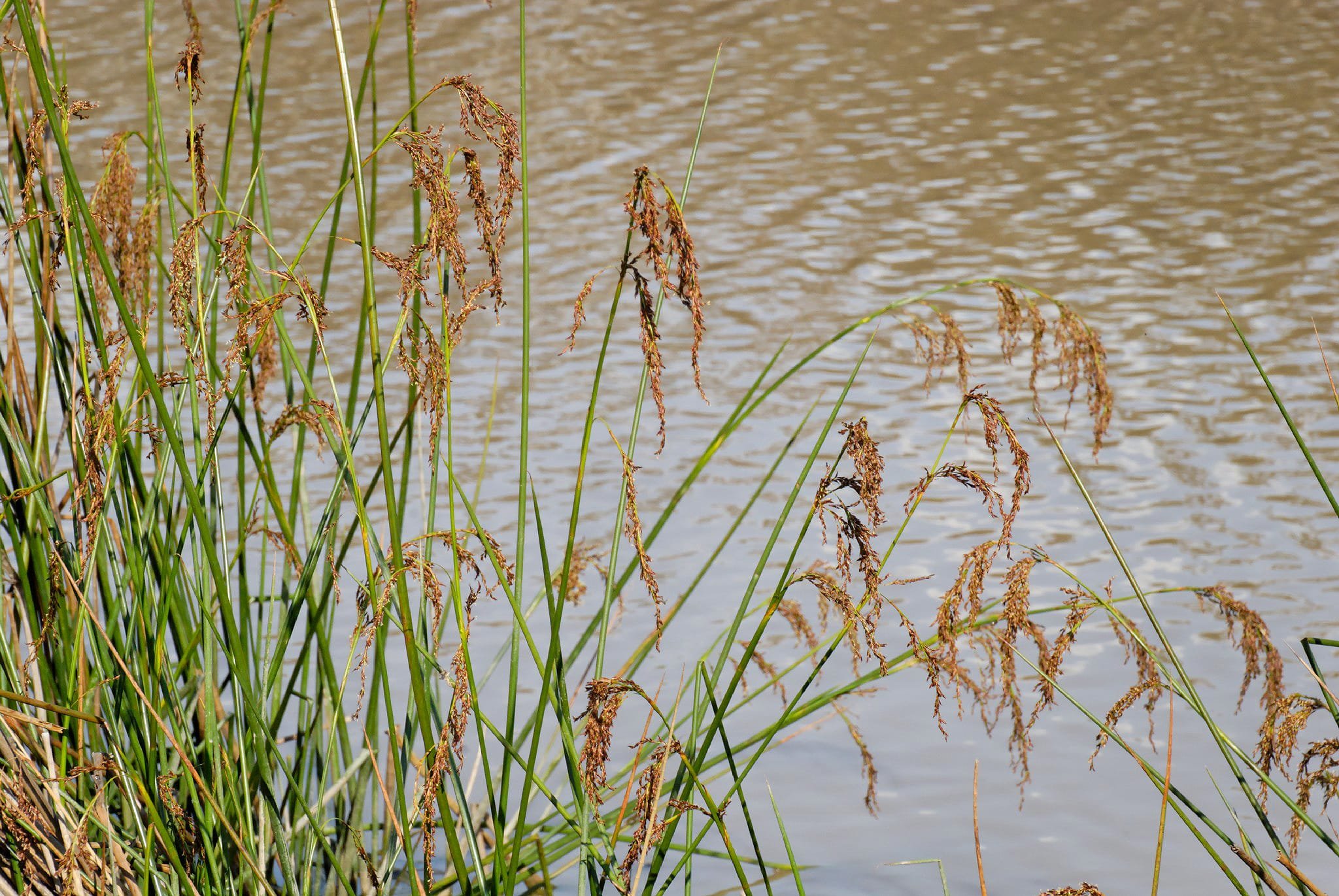Baumea articulata
What is Baumea articulata?
Baumea articulata (Jointed Twig Rush) is a native Australian perennial plant with long, slender stems and small, inconspicuous flowers. It is often used in landscaping for erosion control or as a groundcover and is commonly found in wetland areas.
Habit
Baumea is a native perennial sedge 2-3m tall, found in wetlands and swampy areas. Grows in 0 to 800mm of water in dense stands. Primarily spreads vegetatively.
Identifying Features
Erect native perennials growing up to 3m high
Leaves are hollow, thick and chambered
Inflorescences are large and drooping
Flowers in summer and autumn
Notes
Baumea is a hardy, robust wetland plant that forms dense stands in deeper water and acts as an excellent weed suppressant. Baumea can compete with Typha species, limiting their range and spread. Native aquatic birds, especially waterhens, construct nests within Baumea stands.
More info about Jointed Twig Rush
Baumea articulata, also known as Jointed Twig Rush, is a perennial grass native to Australia and New Zealand. It is a common species found in a variety of habitats including wetlands, grasslands, and along waterways.
Here are some key points about Baumea articulata:
Growth habit: Baumea articulata grows in clumps, with slender, upright stems reaching a height of about 50-100 cm (20-39 inches). The leaves are narrow and green in color, with a slightly rough texture. The plant produces small, inconspicuous flowers and seeds.
Ecological importance: Baumea articulata is an important component of wetland ecosystems, providing cover and habitat for small animals and insects. It is also an important food source for a variety of animals, including waterfowl and other wetland birds.
Management: Baumea articulata is generally not considered to be a problem species and is not often targeted for control. It can be managed through grazing or mowing, or by removing the plant manually.
Uses: Baumea articulata is used for erosion control and landscaping, as well as in wetland restoration projects. It is also used for basketry and other crafts. It is popular for use in landscaping due to its attractive appearance and low maintenance requirements.


